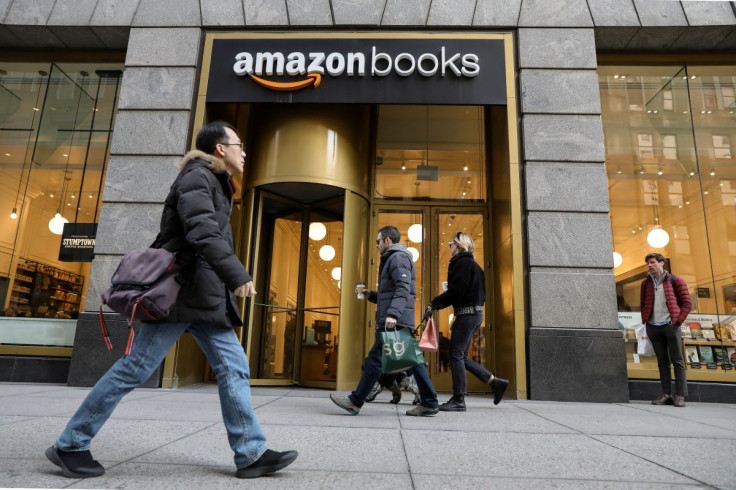Retail Sales Plunge To 0.3% Growth As More Americans Pare Back Purchases Over Rising Inflation

U.S. retail sales fell to a crawl in February, growing by only 0.3% in total after seeing a strong surge in spending in January.
The Census Bureau released its latest data on Wednesday, showing anemic growth in advanced retail sales in February. The data fell only slightly below the Dow Jones estimate that expected a 0.4% gain in the retail sector.
In January, the expectation was that retail sales would be hampered by Americans’ concerns about the Omicron variant of COVID-19. The concern in February shifted to inflation, which rose by 7.9% in the last year, reaching a level not seen since January 1982. This manifested through the across-the-board decline in spending.
Each retail category only saw sluggish growth. Building material grew by only 0.9% from January, shopping at clothing stores was up by only 1.1%, and sales at restaurants were up by 2.5% in total. The strongest growth was seen in sales at gas stations which saw 5.3% growth, but it is uncertain how much this accounts for the Russian invasion of Ukraine which pushed up prices to almost $5 a gallon in some states.
The biggest decline was recorded in online shopping. According to the Census Bureau’s data, nonstore sales fell by 3.7%. This is a stark contrast to January when nonstore retailers recorded a 14.5% gain, likely in response to Omicron concerns.
The latest numbers will be important for the Federal Reserve as it begins to prepare for an expected hike in interest rates. It is anticipated that the Fed will raise rates by a quarter of a percentage point starting on Wednesday.
© Copyright IBTimes 2025. All rights reserved.





















